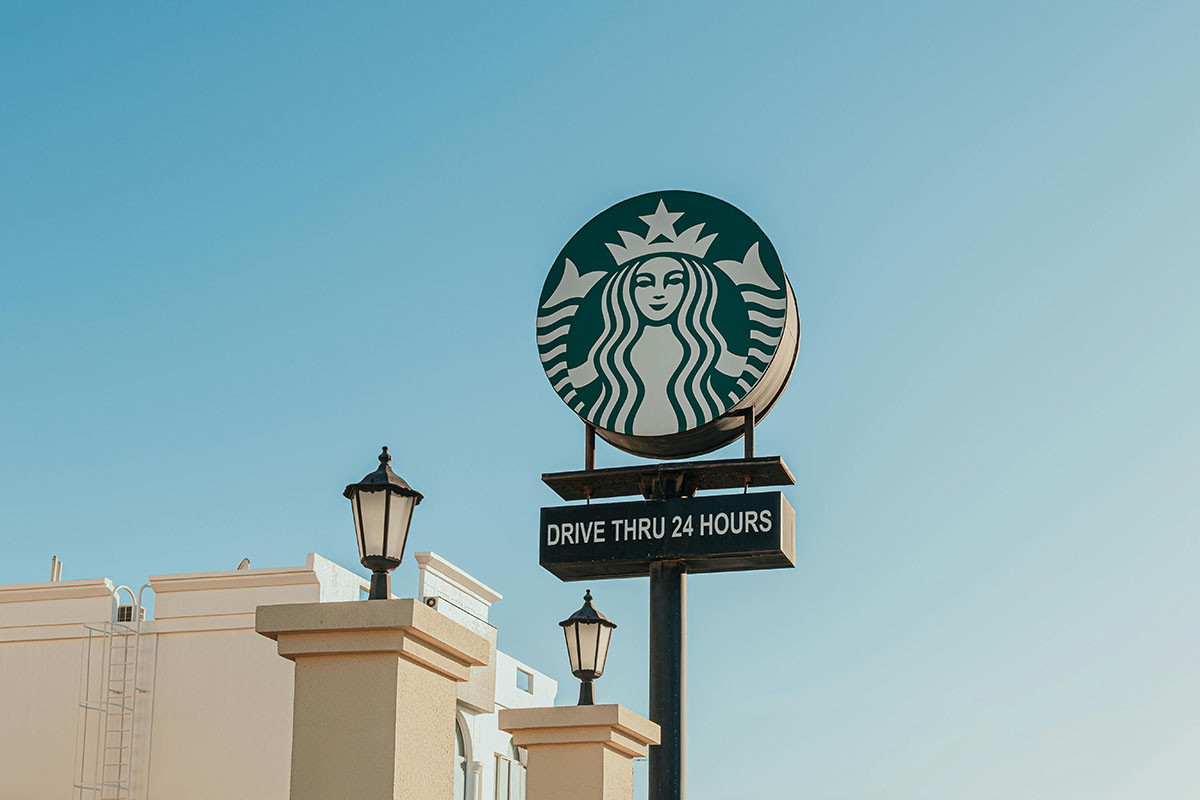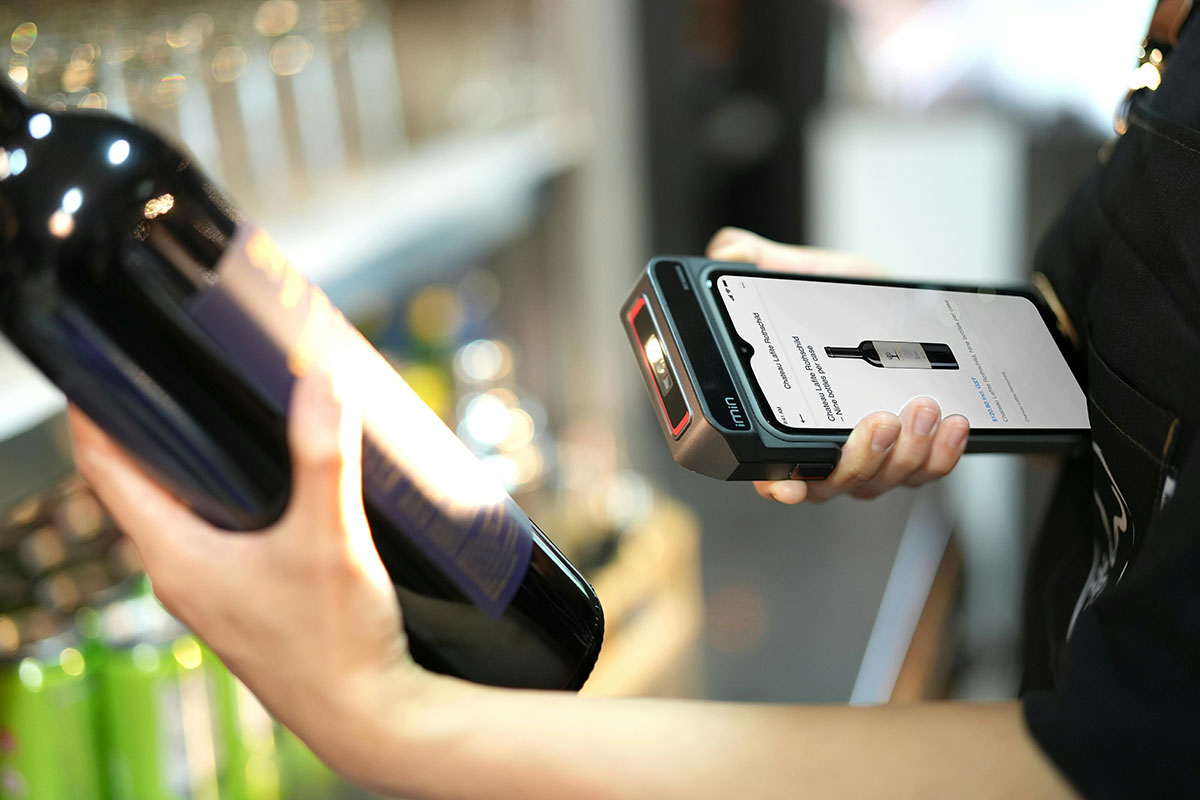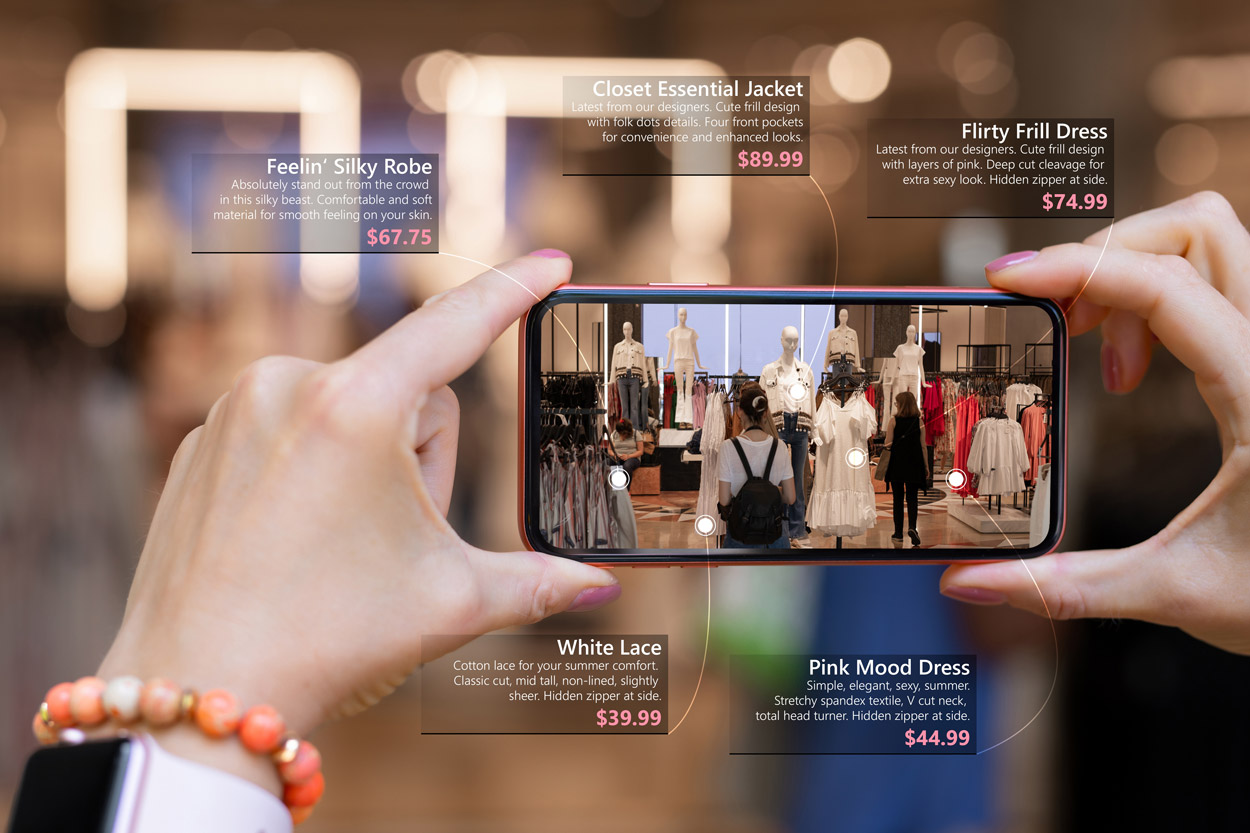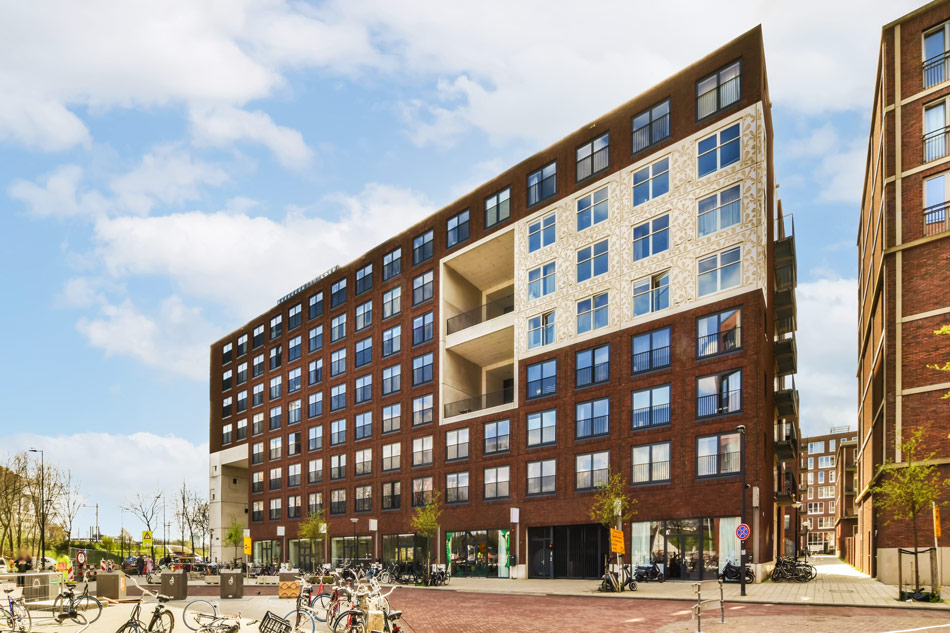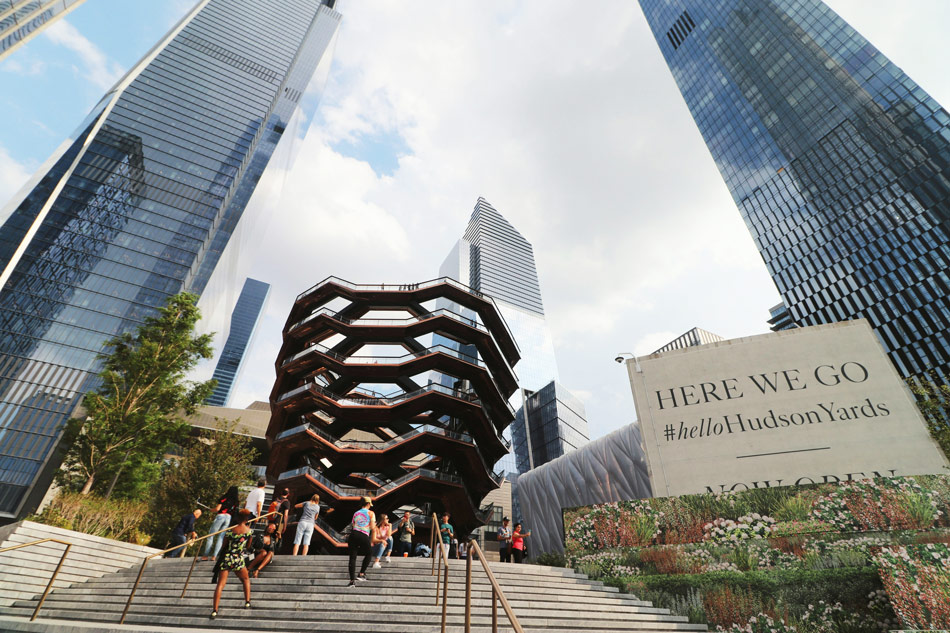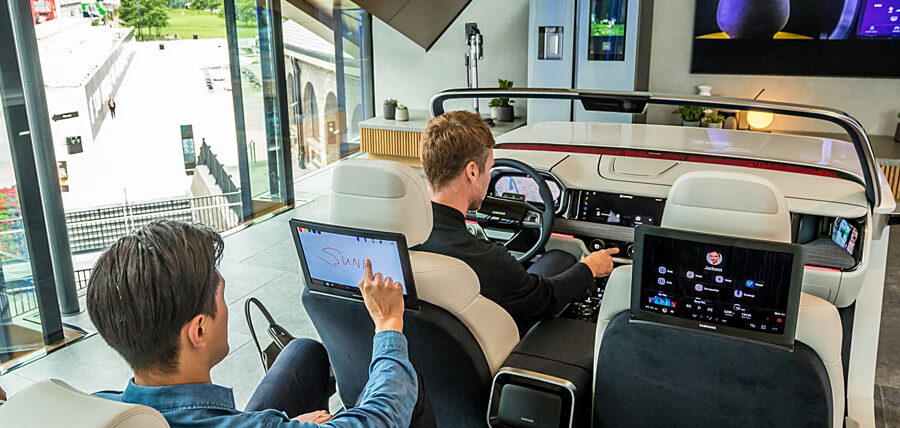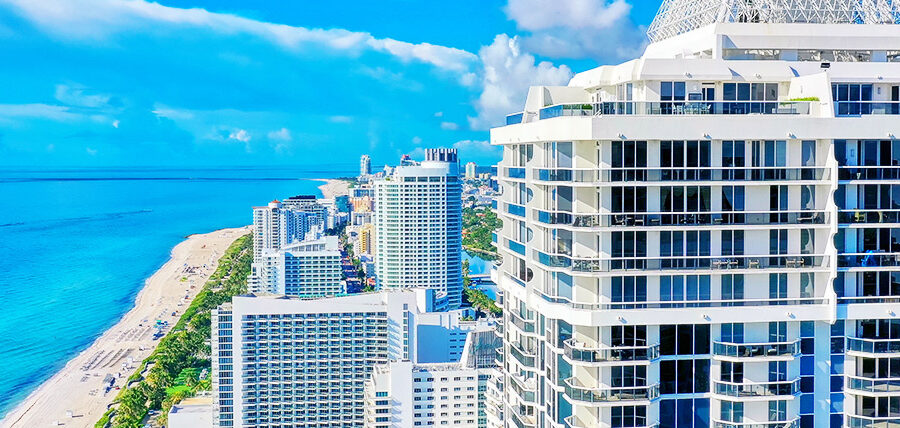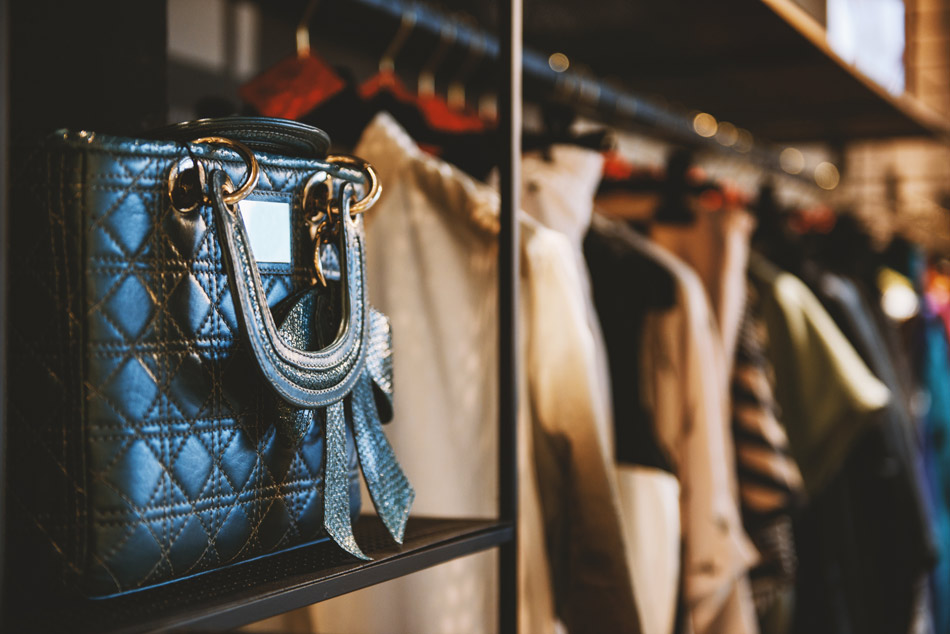share this article
As we look at the insights from 2024 holiday shopping trends, several key themes have emerged, shaping how consumers are approaching spending and how retailers can adapt to meet their needs. Here’s what we’ve learned so far:
1. Early Holiday Shopping Trends are Becoming the Norm
In 2024, consumers began holiday shopping earlier than ever. Many started as early as August, with more than half of shoppers beginning by October. Consumers planned to spend as much or more in 2024, but the shift to early shopping has been largely driven by a desire to spread out expenses and capitalize on early promotions. Retailers who ramped up supply chains and launched holiday campaigns early have seen the benefits of engaging shoppers before the traditional holiday rush.
2. Price Sensitivity Is Increasing
Economic pressures have heightened consumer focus on price, with two-thirds of global shoppers prioritizing affordability when choosing where to shop. Many shoppers are also turning to value-driven alternatives, including private labels, the sharing economy, discount stores, as well as platforms like Temu, AliExpress, and Shein, challenging retailers to deliver competitive pricing without eroding brand value.

3. Omnichannel Shopping Is Essential
2024 has shown that consumers are increasingly expecting a seamless omnichannel experience. They want to shop online, check in-store availability, and enjoy the convenience of buying online and picking up in store (BOPIS). Retailers are realizing that investing in a mobile-first strategy is key to capturing sales. Mobile shopping continues to dominate, with more than half of online transactions occurring on mobile devices, making responsive web design and mobile-optimized checkout crucial.
4. AI Is Revolutionizing Customer Experience
AI tools and generative AI (GenAI) are playing an increasingly important role in retail this holiday season. From personalized recommendations to inventory management, AI is helping retailers enhance the customer experience by predicting trends, offering tailored shopping suggestions, and providing chatbots for immediate support. Retailers leveraging AI are better able to deliver customized discounts and promotions at scale, which is critical for converting browsing shoppers into buyers.
5. The Rise of Self-Gifting
Self-gifting, particularly among Millennials and Gen Z, is becoming a significant trend. Many consumers are not only purchasing gifts for others, but are also buying for themselves. Retailers are tapping into this trend by promoting deals that encourage self-gifting, especially in categories like fashion, beauty, and branded merchandise. Offering “buy one, get one” promotions or personalized shopping experiences helps encourage these purchases.

6. Sustainability Remains a Priority
Consumers, especially younger generations, are making purchasing decisions based on sustainability. 80% of Millennials and 66% of Gen Z consider sustainability an important factor in their buying behavior—and they’re willing to pay 9.7% higher prices for it. Retailers are responding by promoting eco-friendly products, sustainable packaging, and integrating sustainability goals into their overall business strategies. Transparent sustainability practices are becoming a key differentiator in the crowded holiday marketplace.
7. Traditional In-Store Events Are Losing Ground
While in-person shopping is still important, traditional events like Black Friday are losing their appeal. Consumers are increasingly gravitating toward online shopping events like Cyber Monday, which has now extended into Cyber Week. The shift toward longer shopping events allows retailers to capture sales across a broader window of time and meet the demands of multiple generations. As a result, retailers are refining their marketing strategies to target specific demographics on the most effective platforms—TikTok for Gen Z, Facebook for older consumers, and email for others.

8. The Silent Generation’s Spending Power Is Underestimated
While much attention is paid to Millennials and Gen Z, it’s becoming clear that the Silent Generation (those aged 75+) holds significant spending power. Research shows that while they do not plan to spend as much as Millennials this holiday season, their buying behaviors are often overlooked by retailers focused on younger generations. Inclusive marketing strategies that speak to older consumers could prove to be a lucrative opportunity for retailers in 2024.
9. Social Commerce Is Booming
Social commerce has grown substantially, with platforms like Instagram, TikTok, and Facebook driving direct sales through engaging, shoppable content. Social commerce sales in the U.S. more than doubled between 2020 and 2023, and 2024 is expected to follow this trajectory. As mobile-first shopping continues to rise, retailers are increasingly leveraging social media to meet consumers where they spend a significant amount of time and to provide a seamless, shoppable experience.

10. Consumers Are More Willing to Shop Through Discounted Platforms
While big-box retailers and well-known brands are still dominant players, discount platforms like Temu and AliExpress are gaining traction. Offering a wide range of products at lower prices, these platforms appeal to budget-conscious consumers looking for deals. This competitive threat will likely shape the strategies of major retailers in 2025 and beyond, who will need to balance value-driven offers with maintaining brand loyalty.
How Retailers Can Thrive in 2025
As 2024 ends, the blueprint for retail success in 2025 is taking shape. The retailers thriving this season have embraced early shopping trends, invested in personalized experiences, and demonstrated a clear commitment to sustainability. These are no longer just tactics—they are strategic imperatives for future growth.
Looking ahead, retail leaders must prioritize agility and innovation to meet evolving consumer demands. Early and decisive action on AI-driven solutions, omnichannel excellence, and mobile-first strategies will set industry leaders apart. At the same time, the rise of self-gifting, value-driven platforms, and social commerce presents untapped opportunities that demand attention.
The path forward is clear: to remain competitive, retailers must lead with a customer-centric vision, seamlessly blend digital and in-person experiences, and foster trust through transparency and purpose-driven strategies. The retailers who execute on these priorities will not only navigate change but define the future of retail.




